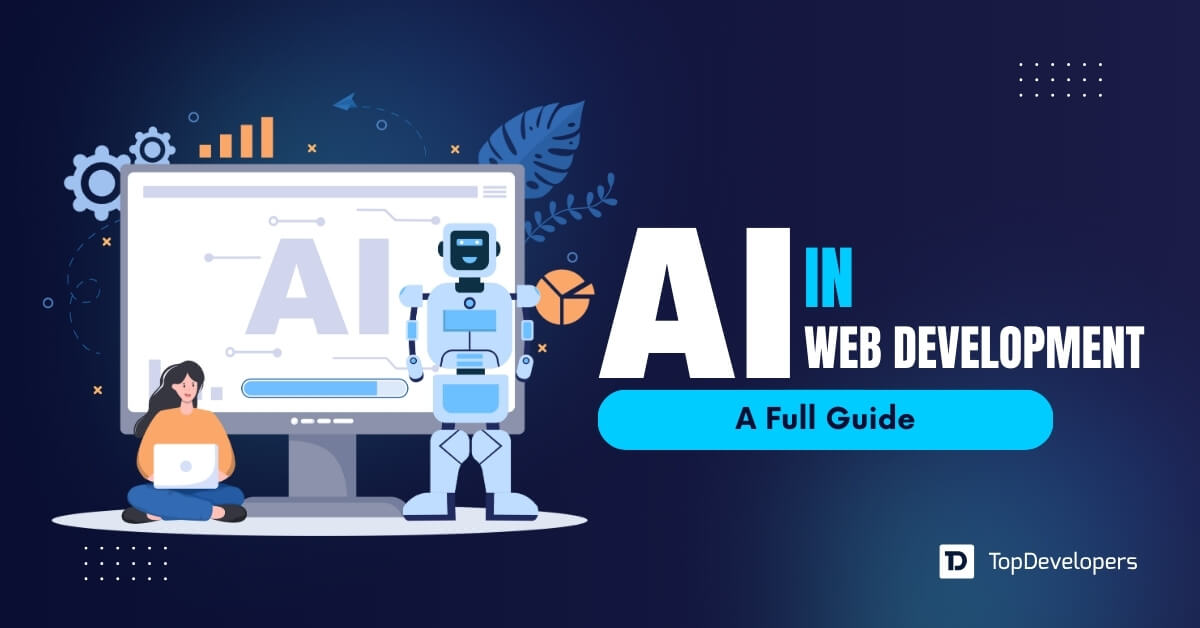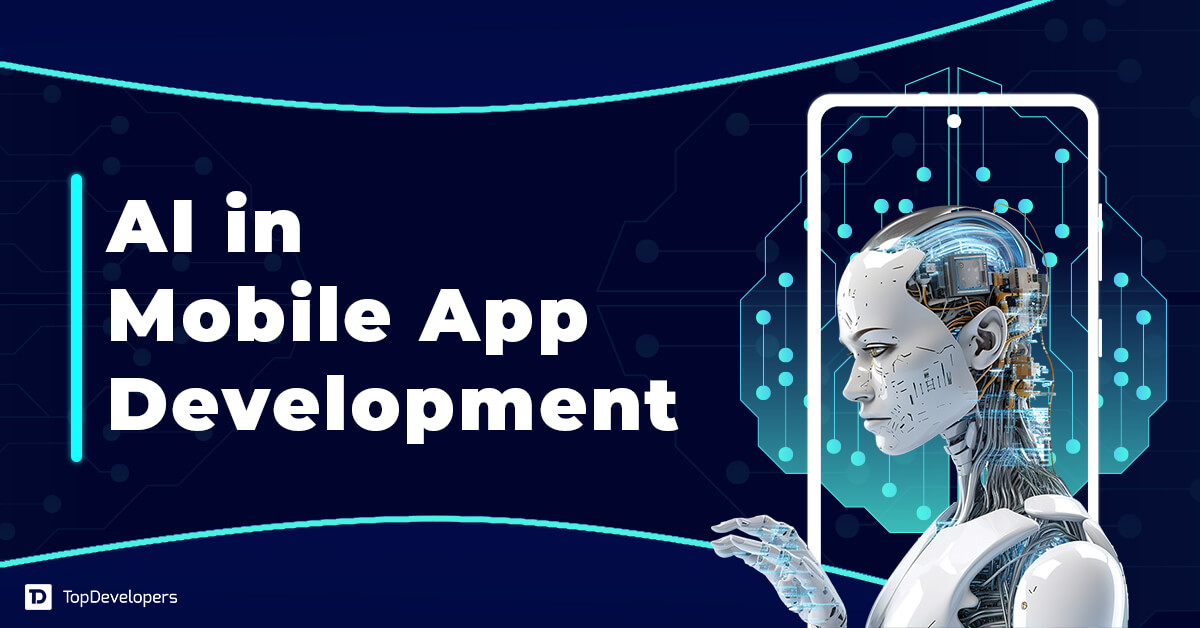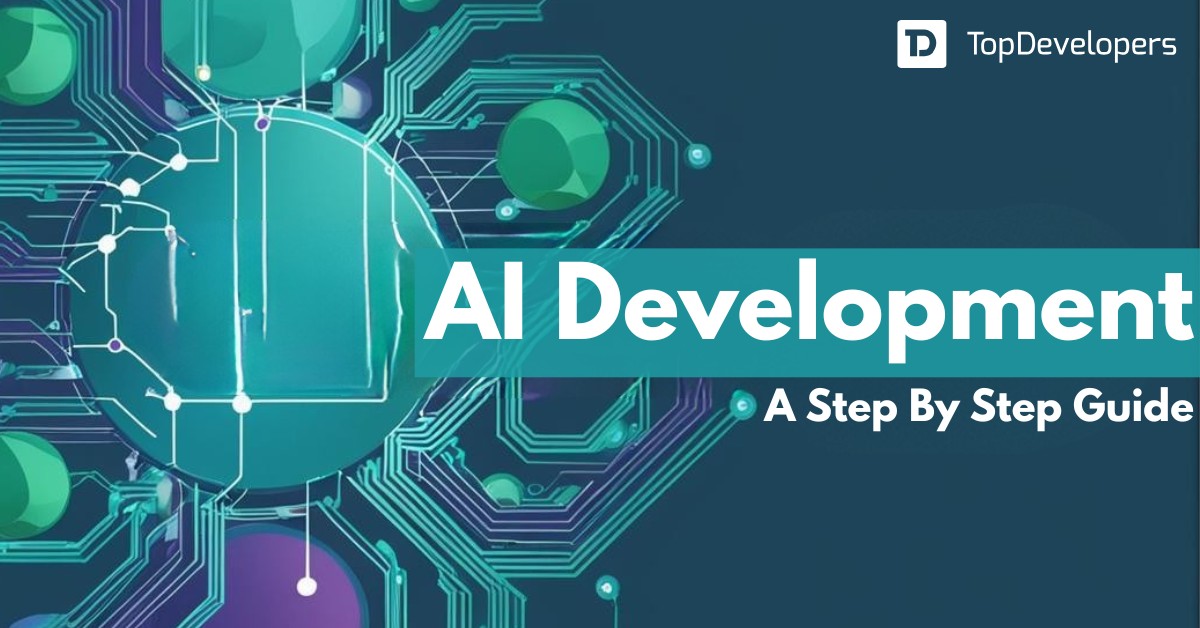
As per a recent Gartner poll, 45% of executive leaders have increased their AI investments, driven by the explosive popularity of ChatGPT. Even more compelling, 70% of organizations are actively exploring Generative Artificial Intelligence (AI)—and for good reason.
For business leaders, the appeal of generative AI lies in the numbers: 68% believe the benefits far outweigh the risks, with top goals including cost optimization (17%) and enhancing user experience (38%). It’s no surprise, then, that generative AI is being hailed as a game-changer across industries like banking, high-tech, and life sciences.
The potential impact is staggering. McKinsey & Company projects generative AI could contribute $2.6–$4.4 trillion annually to the global economy. From marketing and customer operations to R&D and software engineering, this technology is driving innovation and operational efficiency like never before.
But what makes generative AI so transformative? And how can businesses—large and small—leverage its benefits to stay competitive in a rapidly evolving market? In this blog, we’ll explore:
- What generative AI is and how it works.
- The game-changing benefits it offers to businesses.
- Why it’s becoming essential for industries of all sizes.
By the end of this guide, you’ll understand not just the “what” and “why” of generative AI, but also how to harness its power to transform your business.
Table of Contents
What is Generative AI?
Generative AI, or Generative Artificial Intelligence, is a cutting-edge technology that empowers machines to create new, original content. Unlike traditional AI systems that follow predefined rules, generative AI leverages advanced models to analyze vast amounts of data, identify patterns, and produce outputs that mimic human creativity. From generating realistic images to crafting compelling text, generative AI is pushing the boundaries of what AI can achieve.
How Does Generative AI Work?
At the core of generative AI are sophisticated machine learning models like GANs (Generative Adversarial Networks), GPT (Generative Pre-trained Transformers), and Diffusion Models:
- GANs consist of two neural networks—a generator and a discriminator—that work together to create realistic outputs. For instance, GANs are widely used to generate lifelike images or videos.
- GPT, such as OpenAI’s ChatGPT, focuses on understanding and generating natural language, enabling applications like conversational AI, content generation, and code completion.
- Diffusion Models work by iteratively refining noisy data to generate high-quality images or other types of media, as seen in AI models like DALL-E.
These models excel at learning from massive datasets, allowing them to produce outputs that are not only accurate but also creative and contextually relevant.
Real-World Examples of Generative AI
Generative AI is no longer confined to research labs; it’s making a significant impact across industries:
ChatGPT: Revolutionizing customer support and content creation with human-like conversational abilities.
DALL-E: Generating stunning visuals and artwork for marketing, design, and creative projects.
MidJourney: Empowering designers and artists to explore creative concepts through AI-generated imagery.
These Artificial Intelligence tools demonstrate the versatility of generative AI, offering solutions for tasks that once required extensive human effort and expertise.
How Is Generative AI Different from Traditional AI?
The key distinction lies in the capability to create. Traditional AI systems excel at automating repetitive tasks or analyzing data within predefined parameters, such as detecting anomalies in financial transactions or sorting email spam. In contrast, Generative AI creates something entirely new by understanding patterns in existing data and extrapolating creative outputs.
For example:
- Traditional AI might analyze customer purchase histories to recommend existing products.
- Generative AI, on the other hand, can design entirely new products based on customer preferences and market trends.
This ability to innovate makes generative AI a game-changer for businesses looking to differentiate themselves in competitive markets.
Key Benefits of Generative AI for Businesses
Generative AI is transforming businesses across industries, offering unmatched opportunities for innovation, efficiency, and growth. Below, we explore the key benefits of Generative AI for businesses and how it’s shaping the future of various industries.
Enhanced Creativity and Innovation
Generative AI enables businesses to unlock new levels of creativity by producing unique content, designs, and products that were previously unimaginable.
- Marketing: With Generative AI tools like DALL-E, businesses can create visually stunning ad campaigns tailored to specific audiences.
- Branding: Businesses can use Generative AI technology to develop innovative brand assets such as logos and marketing videos.
- Product Design: Generative AI helps engineers and designers experiment with product prototypes and optimize designs efficiently.
This primary advantage of using Generative AI lies in its ability to inspire creativity while saving time and resources.
Automation of Complex Tasks
Generative AI simplifies and accelerates time-consuming processes, freeing up valuable resources for higher-priority tasks.
- Content Generation: AI tools like ChatGPT automate the creation of engaging blogs, social media posts, and reports.
- Data Analysis: Generative AI identifies patterns and insights in massive datasets faster than traditional methods.
- Personalized Communication: Automate customer interactions with AI-powered chatbots and tailored email campaigns.
By automating these tasks, Generative AI benefits businesses by boosting efficiency and productivity.
Cost and Time Efficiency
Generative AI reduces operational costs by automating repetitive and resource-intensive tasks.
- Lower Labor Costs: AI can perform tasks like data entry, content creation, and quality control without requiring extensive human intervention.
- Faster Development Cycles: Businesses can accelerate product design and testing, cutting down time-to-market.
These advantages of Generative AI help organizations optimize resources and achieve significant cost savings.
Personalized Customer Experiences
Delivering hyper-personalized experiences is no longer a luxury—it’s an expectation. Generative AI makes this possible by analyzing customer data to create tailored interactions.
- Recommendations: OTT Platforms like Netflix use Generative Artificial Intelligence to deliver personalized suggestions.
- Targeted Ads: AI-powered tools analyze customer behavior to deliver ads that resonate on a personal level.
- Customer Support: Chatbots like ChatGPT provide instant, accurate responses, enhancing customer satisfaction.
These Generative AI benefits for business help build stronger customer relationships and drive loyalty.
New Revenue Streams
Generative AI is opening doors to entirely new business opportunities and income sources.
- AI-Generated NFTs: Businesses are leveraging Generative AI tools to produce unique digital assets for the NFT marketplace.
- Virtual Assets: Companies can offer virtual real estate or avatars in metaverse environments powered by AI.
- AI-Driven Apps: Businesses are developing innovative AI apps that utilize Generative Artificial Intelligence to meet specific user needs.
These innovations enable businesses to diversify their offerings and tap into emerging markets.
Risk Mitigation
With generative AI, businesses can make more informed decisions by simulating scenarios and predicting potential risks.
- Predictive Modeling: AI can analyze historical data to forecast market trends and customer behavior.
- Risk Assessment: Industries like finance and insurance use generative AI for fraud detection and operational risk analysis.
By identifying and mitigating risks early, businesses can protect themselves from unforeseen challenges.
Scalability and Flexibility
Generative AI solutions are versatile and adaptable, making them suitable for businesses of all sizes and industries.
- Cross-Industry Applications: From retail to healthcare, generative AI can be customized to meet specific business needs.
- Adaptability: Whether scaling operations or exploring new markets, generative AI ensures seamless transitions.
This flexibility ensures businesses can grow and innovate without operational bottlenecks.
Enhances Customer Experience Through Personalization
Generative AI goes beyond general automation to deliver uniquely tailored customer experiences. From personalized shopping experiences to curated content recommendations, AI ensures every interaction feels custom-made.
Streamlines Business Processes
By automating workflows, generative AI eliminates inefficiencies in areas like supply chain management, inventory forecasting, and employee onboarding. It ensures operations are smooth and resource allocation is optimized.
Fosters Market Innovation
Generative AI inspires innovation by enabling businesses to experiment with new ideas and solutions rapidly. From creating novel product prototypes to reimagining customer engagement strategies, AI drives innovation at scale.
Improved Decision-Making
With its ability to process vast amounts of data and generate actionable insights, generative AI enhances decision-making.
- Scenario Analysis: AI can simulate different business strategies and predict potential outcomes.
- Real-Time Insights: Businesses can rely on AI to provide up-to-date information for strategic planning.
Improved decision-making positions businesses to respond to market changes swiftly and effectively.
Future of Generative AI in Business
Generative AI has evolved into a critical technology with the potential to reshape industries globally. As advancements continue, businesses adopting Generative Artificial Intelligence can harness its transformative capabilities to drive innovation and efficiency. In this section, we examine the trends, predictions, and opportunities that will shape the future of generative AI in business.
Trends Shaping the Adoption of Generative AI
AI Democratization:
Generative AI is becoming more accessible to businesses of all sizes, thanks to user-friendly tools and platforms. No-code and low-code solutions are lowering the barriers to entry, allowing small and medium-sized businesses to experiment with AI-driven innovations.
Regulations and Ethical AI:
As generative AI becomes more widespread, governments and organizations are focusing on developing ethical guidelines and regulations to ensure responsible use. Topics like data privacy, AI bias, and intellectual property rights are expected to be at the forefront of these discussions.
Advancements in AI Models:
With technologies like GPT-4, DALL-E, and MidJourney continuing to evolve, businesses can expect more accurate, creative, and contextually aware AI systems that can solve complex challenges with greater precision.
Integration Across Industries:
From healthcare to retail and finance, generative AI is finding applications across diverse sectors. Future advancements will further integrate AI into operations, making it indispensable for businesses seeking efficiency and innovation.
Predictions for Industry-Wide Impacts
Exponential Economic Growth:
According to a McKinsey report, generative AI could contribute between $2.6 trillion and $4.4 trillion annually to the global economy within the next decade. This economic surge will be driven by increased productivity, reduced operational costs, and innovative revenue streams.
Widespread Adoption of LLMs (Large Language Models):
By the end of the decade, Generative AI tools like GPT and other LLMs will become integral to business operations, enabling real-time customer support, automated marketing, and data-driven decision-making.
Transformative Industry Impacts:
Industries like banking, healthcare, high-tech, and manufacturing will experience the largest impacts. For example:
- In banking, generative AI will revolutionize fraud detection and personalized financial planning.
- In healthcare, AI will assist in creating synthetic data for medical research and improving diagnostics.
- In manufacturing, AI will optimize supply chain management and accelerate product development.
Shifts in Workforce Dynamics:
Generative AI will lead to a hybrid workforce where humans and AI work collaboratively. While some roles may be replaced by automation, new opportunities in AI development, deployment, and monitoring will emerge.
Opportunities for Businesses to Stay Ahead of Competitors
Investing in AI Innovation:
Businesses that allocate resources to develop and implement Generative AI technology will gain a competitive edge. Early adopters can explore tools to optimize operations, improve customer engagement, and create unique products.
Enhancing Customer Experiences:
By leveraging AI’s ability to deliver hyper-personalized services, businesses can build stronger customer relationships and foster brand loyalty. For instance, deploying AI-powered chatbots and recommendation systems will elevate customer satisfaction.
Exploring Emerging Markets:
Generative AI opens doors to new revenue opportunities such as AI-driven apps, NFTs, and virtual assets. Companies that seize these opportunities will position themselves as industry leaders in the digital economy.
Upskilling Teams for AI Integration:
To fully capitalize on the benefits of Generative AI, businesses need to invest in upskilling their teams. Providing AI training and fostering collaboration between human workers and AI systems will ensure seamless integration.
Adapting to Regulatory Changes:
Staying informed about AI regulations and aligning business strategies with ethical AI practices will help businesses navigate challenges while building trust with customers and stakeholders.
Generative AI represents a pivotal moment in business evolution. Companies that embrace this technology today will be better positioned to innovate, scale, and thrive in the competitive markets of tomorrow.
Conclusion
Generative AI has transitioned from being a rising trend to a transformative technology revolutionizing business operations, innovation, and growth. By leveraging the benefits of Generative AI, organizations can drive creativity, streamline complex processes, deliver tailored customer experiences, and unlock new revenue opportunities—all while improving efficiency and reducing costs.
As industries continue to evolve, the potential of Generative Artificial Intelligence to revolutionize operations across sectors cannot be overstated. From enabling hyper-personalized customer interactions to fostering groundbreaking product innovations, generative AI empowers businesses to remain agile and competitive in today’s dynamic marketplace.
For businesses ready to take the next step, exploring Generative AI tools and solutions is no longer optional—it’s essential. Start small by integrating AI-powered applications into daily workflows or partner with trusted Generative AI development companies to build tailored solutions that align with your business goals. By doing so, you can stay ahead of the curve and unlock new opportunities in an increasingly AI-driven world.
The future belongs to businesses that embrace innovation and adapt to change. Generative AI offers the tools to not only keep pace with this transformation but to lead it. Now is the time to explore the possibilities and harness the power of Generative AI to shape a successful future for your organization.
 Gillian Harper
| Jan 23, 2025
Gillian Harper
| Jan 23, 2025
A professionally engaged blogger, an entertainer, dancer, tech critic, movie buff and a quick learner with an impressive personality! I work as a Senior Process Specialist at Topdevelopers.co as I can readily solve business problems by analyzing the overall process. I’m also good at building a better rapport with people!


